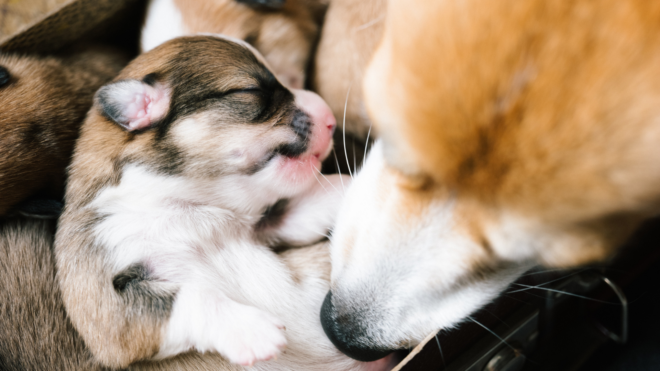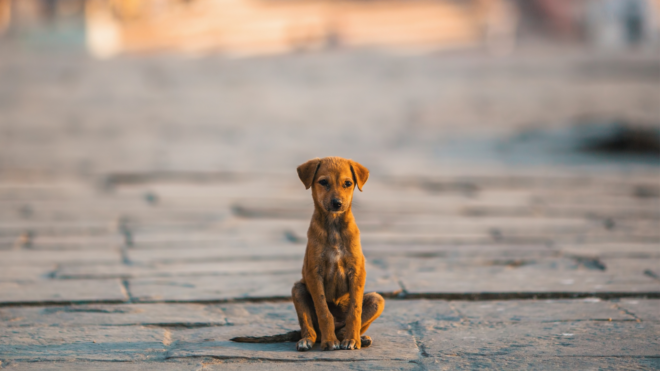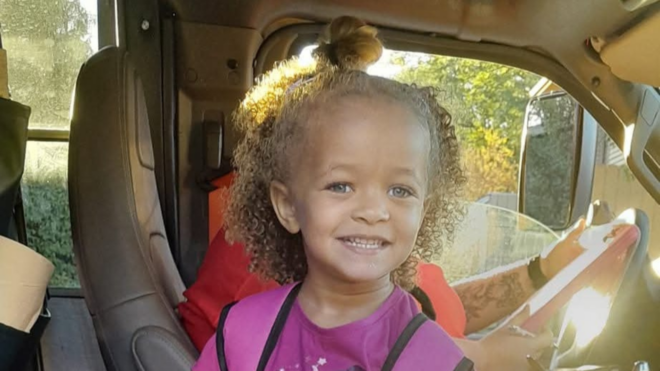Pet owners everywhere know that there are few things more wonderful than having an adorable “fur baby” in your life.
Of course, just like any baby, they require lots of care and commitment on the part of their humans. Keeping a pet isn’t for everyone; it requires responsibility and dedication, not to mention a high tolerance for mirror hogs like this little kitty cat!
Adoption centers are so stringent about processing applications; they always want to make sure that pets go to happy and healthy homes. That’s why they always make a point of asking about pet-proofing in your home.
Pet-proofing, or setting your home up to be safe for animals, is one of the easiest and most crucial ways to put your best foot forward when it comes to prospective adoptions and to the animals you already have in your life.
With a little work and a few minor upgrades, any home can turn into the perfect pet-friendly pad in no time at all!
Stow Your Cords
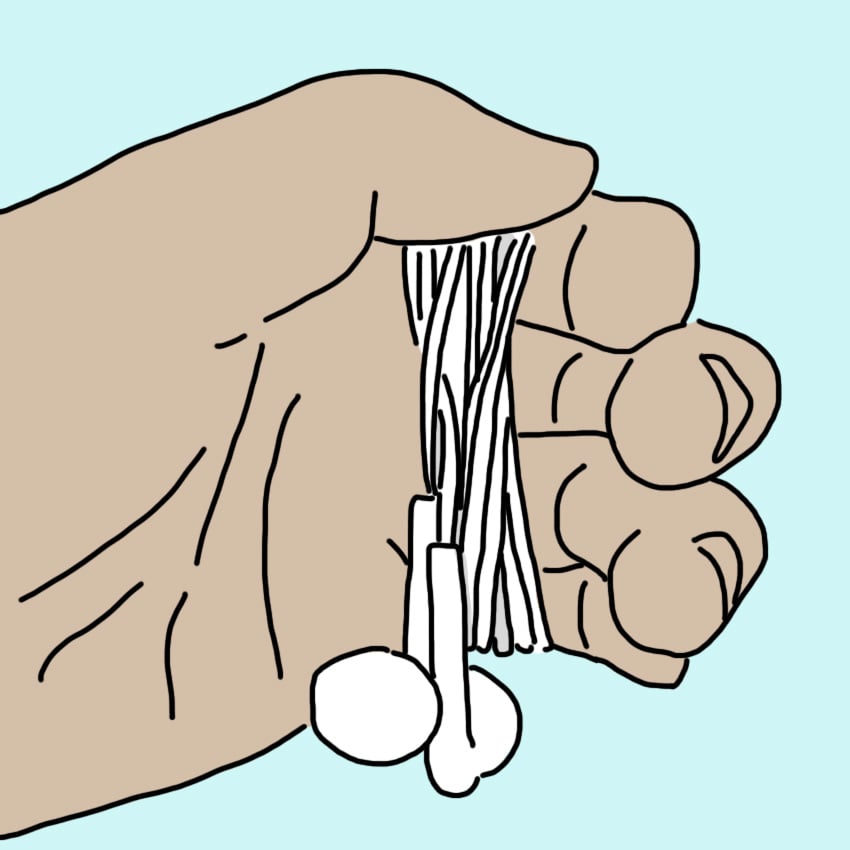
Cords and cables are one of the biggest hidden dangers of the modern home.
Pets are curious creatures, and they want to learn about all the weird stuff plugged into the walls and lying next to your computer, usually by chewing on it.
Don't leave things like chargers and coffeepots plugged in, and try to block other outlets with furniture.
Make sure loose cables and headphones get stored after use as well; animals may swallow the cords and get them stuck in their digestive system.
Install Pet Gates
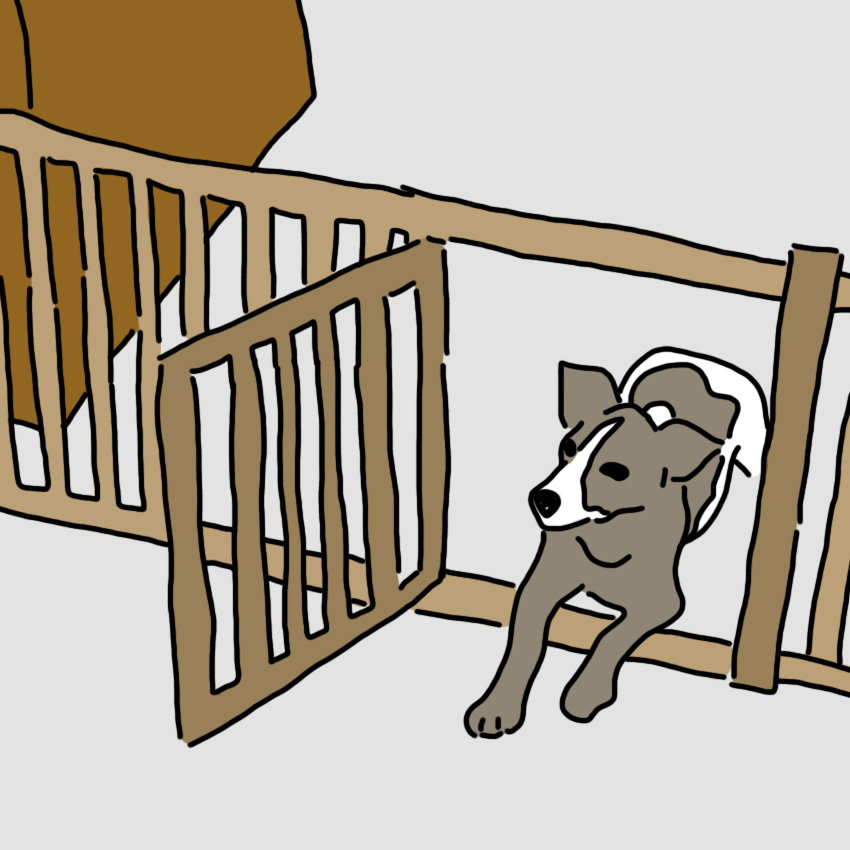
There are certain areas of your home that you're never going to be able to completely pet-proof, or that you just need to keep your critter far away from.
Whether that's a basement full of mousetraps and buckets of paint, or a baby's nursery that you want to keep pet-free for now, you can set up walk-through gates wherever you need them to make sure your animal is only crossing through the gate when you're sure it's safe.
Check The Hood
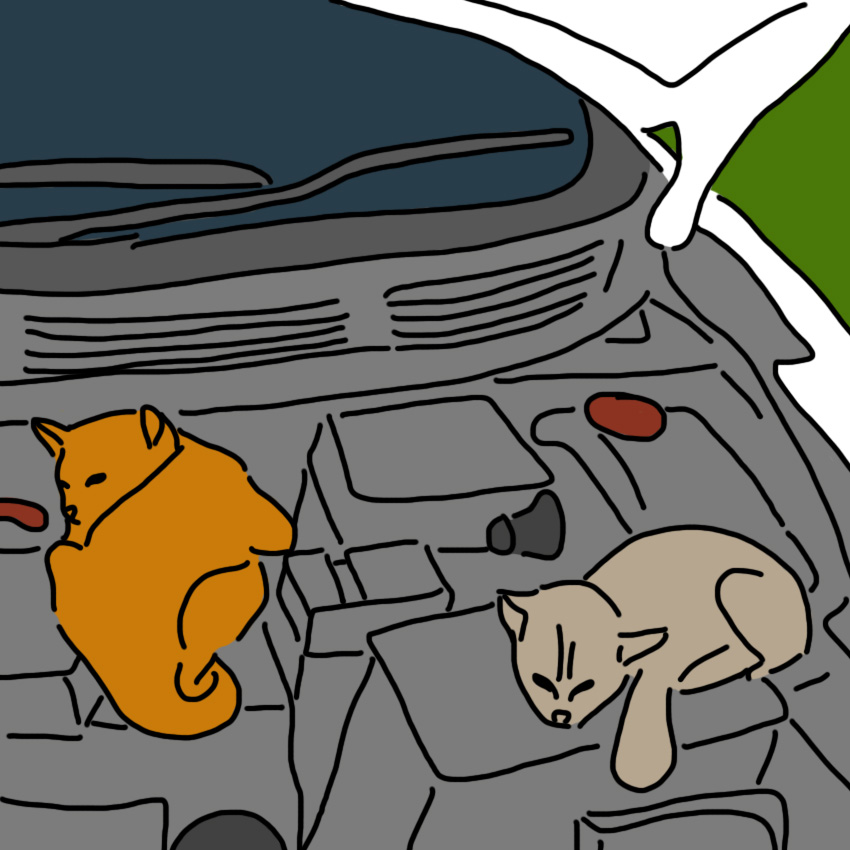
It's not so common nowadays to leave the hood of your car open, but if you're an amateur tinkerer or mechanic, make sure no animals have access to your auto work.
Cats in particular love finding warm places for curling up and hunkering down, even if that's your car engine.
It's also a good idea to check your hood and undercarriage before you leave in the morning, because in some cars, crafty cats may be able to climb in via the wheel wells.
Weed Out Plants
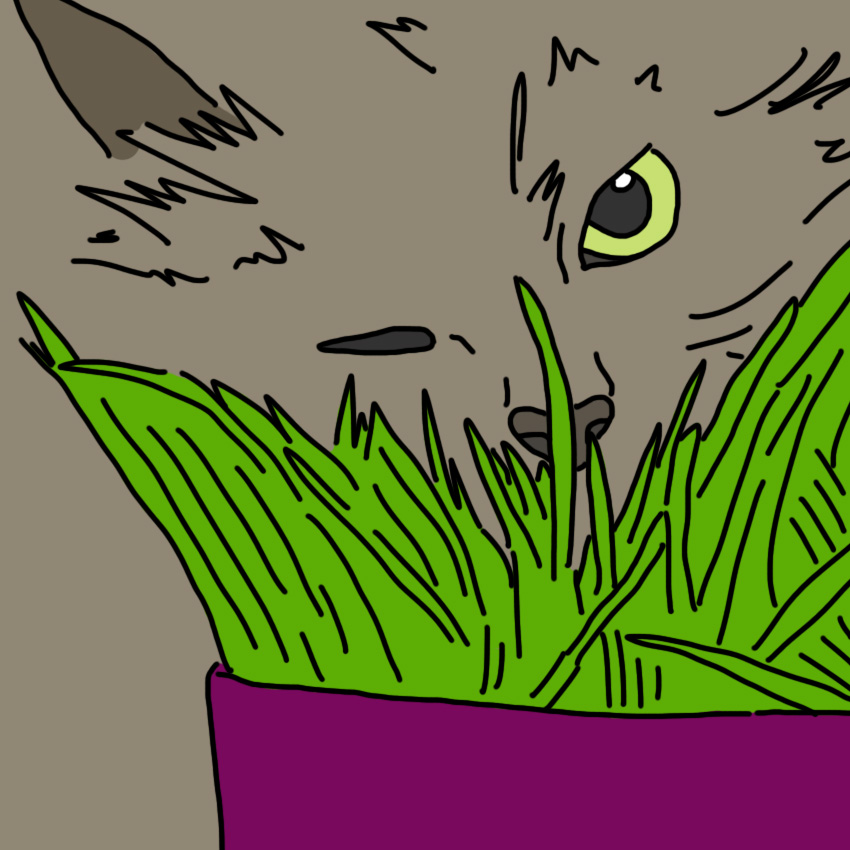
Having plants in the house can be wonderful and uplifting for humans, but downright dangerous for animal companions, who often love to chew on fronds and leaves.
Some plants are perfectly safe, like spider plants and African violets, while others, like calla lilies and some types of ivy, can be dangerous.
Make sure you thoroughly vet all of your houseplants, and move or throw out anything that doesn't make the cut.
Keep Your Drawers Closed
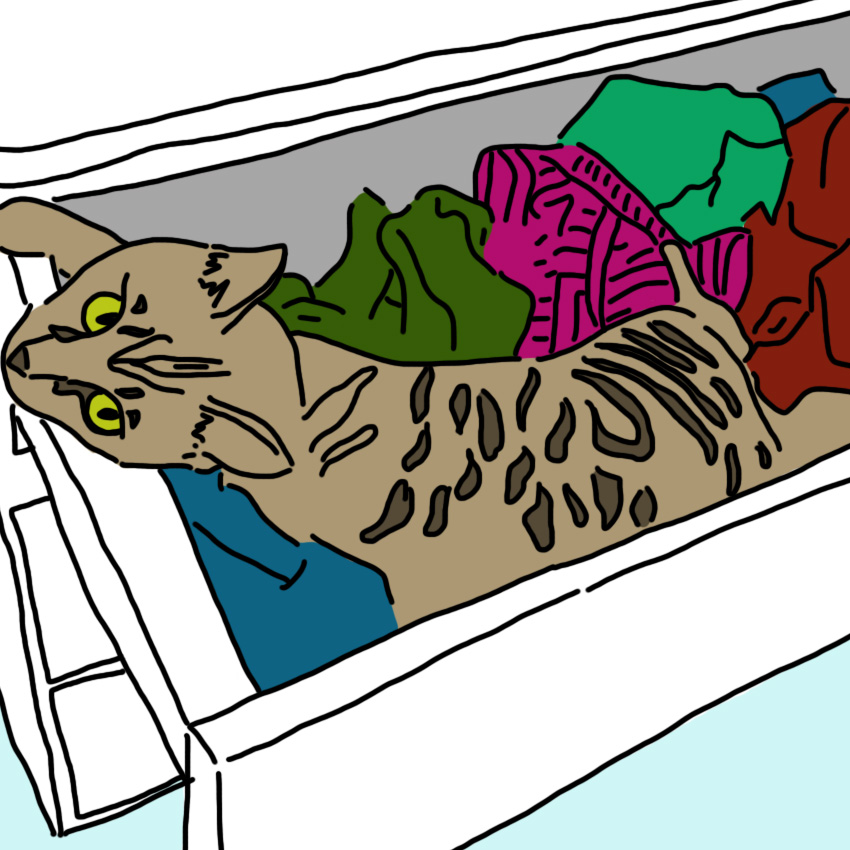
You might think of your dresser as a place to keep socks and undies, but your pet just sees the ultimate bunk bed.
Cats and other warm-space-nappers might clamber into your neatly folded clothes and find themselves trapped if you close the drawer without seeing them.
Fix this problem by making sure that drawers are always securely closed. If you notice that a drawer has been left open, check it thoroughly for furry friends before closing again.
Put Your Shoes Away
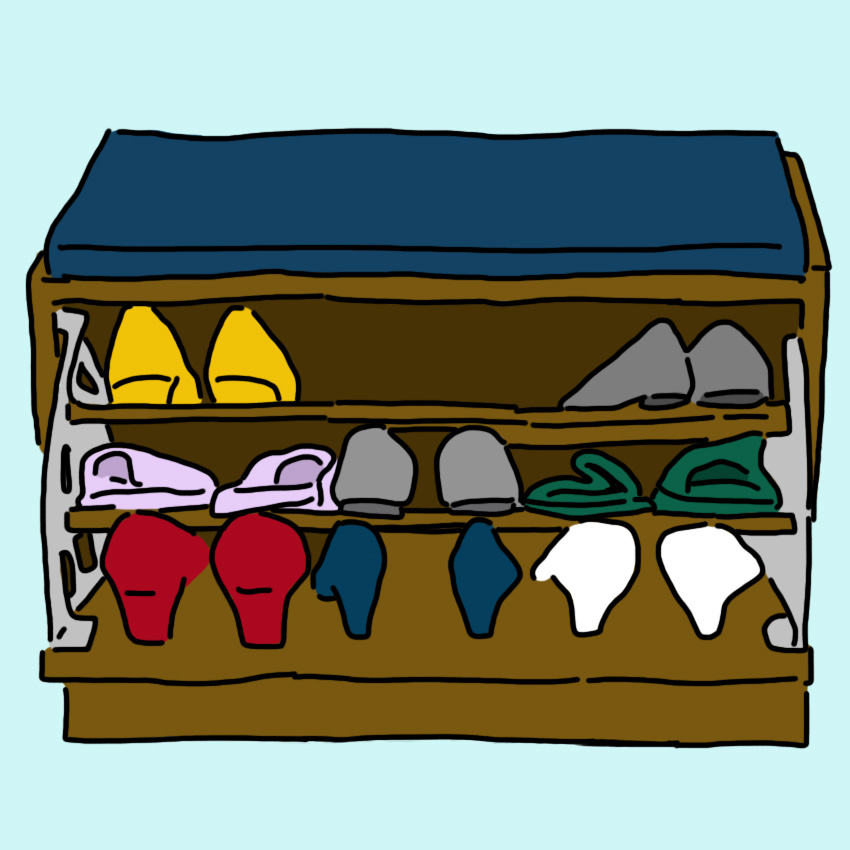
When you come in from a long day at work, it's easy to kick off your shoes without putting them away immediately.
If you have animals in your life, that's a habit that needs to change, for your sake and for theirs.
If you leave your shoes out where animals can get them, your shoes will most likely end up ruined, and, more importantly, your pet could accidentally eat part of the shoe.
Laces are especially dangerous since they can potentially get tangled, so the safest option is keeping a shoe bin with a lid right by the door.
Lock Your Cabinets
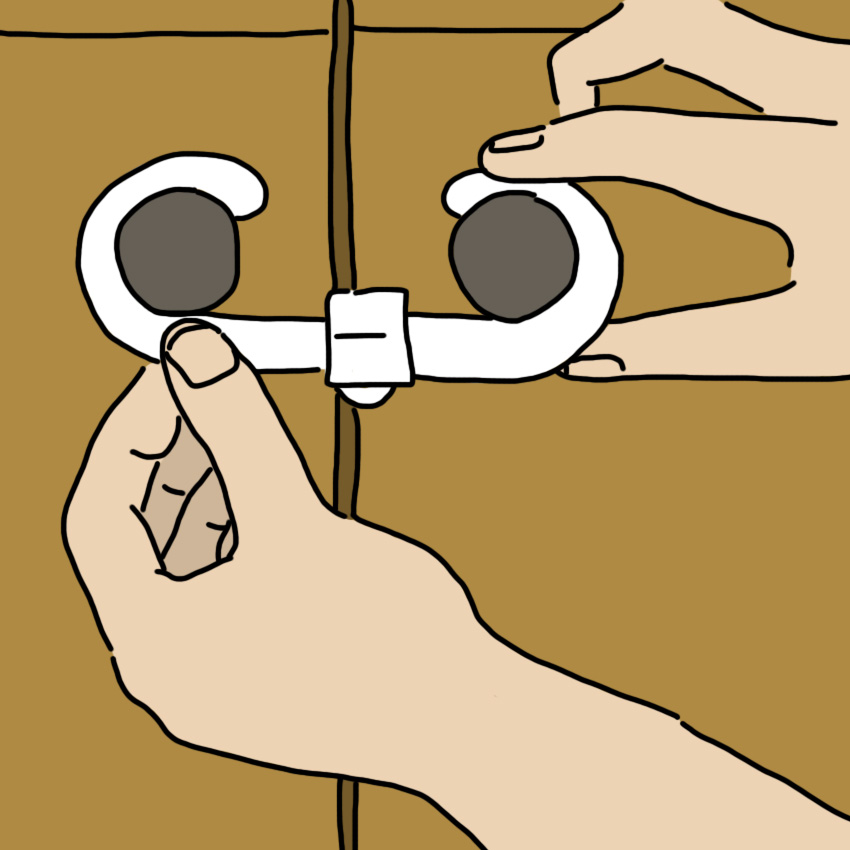
If you have kids, you probably already know all about baby locks. Well, it's time to get them back out again, but this time with your pets in mind.
They may not have opposable thumbs, but they're pretty good at breaking into closed cabinets, especially if they think there might be food on the other side.
Save your kibble for later and keep your animals away from dangerous under-the-sink chemicals with plenty of childproof locks.
Store Stuff Up High
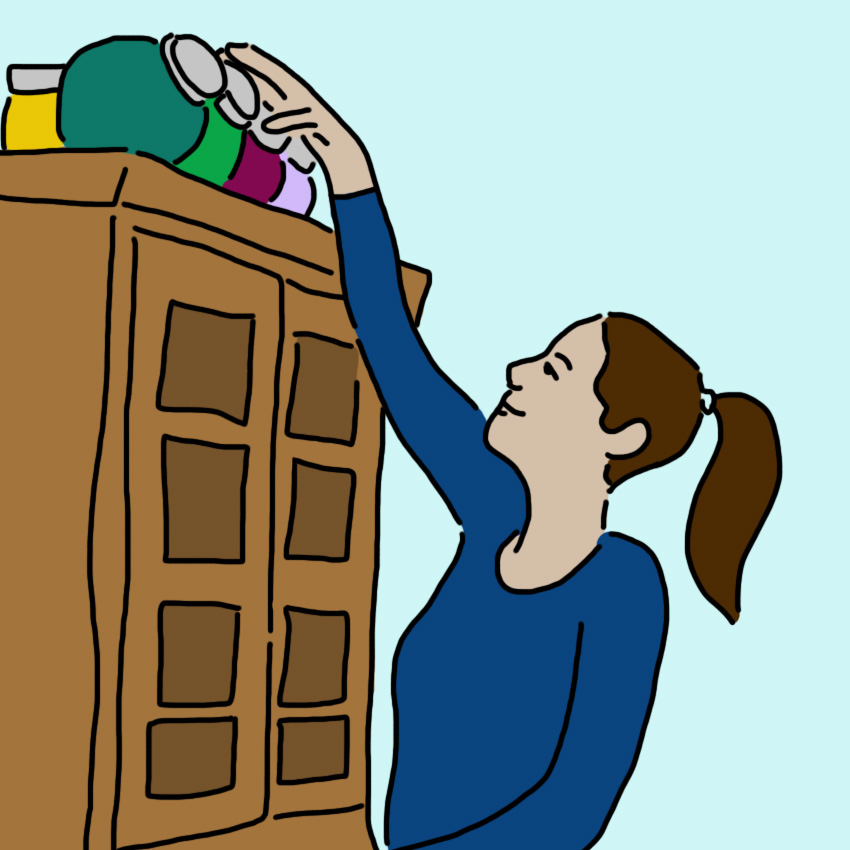
This is another tip right out of the parenting playbook.
The same way you might put delicate or dangerous objects out of the reach of toddlers, be sure to hide things like heirloom china, beloved plants, and, yes, treats, well above jumping or begging height.
Just keep in mind that "out of reach" is a relative concept that applies totally differently to cats versus dogs versus birds.
If you have a pet or are looking to adopt one, make sure to check off all the boxes on this list. In no time flat, your house will be a pet paradise.
And don't forget to SHARE with fellow pet owners and animal lovers!

